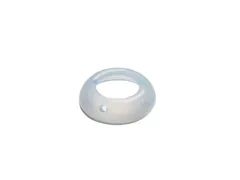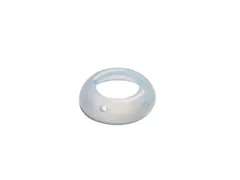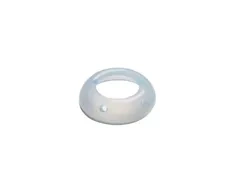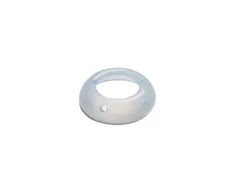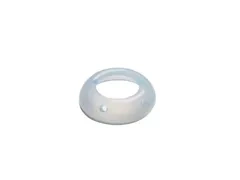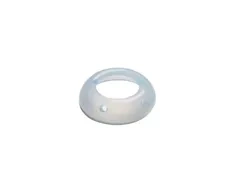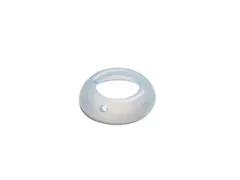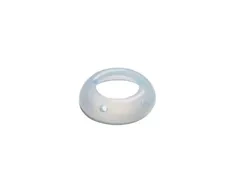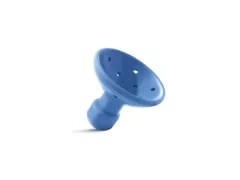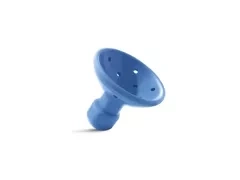Pessaries
( number of products: 145 )Pessary therapy is a method of treating pelvic organ prolapse, organ prolapse, and urinary incontinence. This method involves the use of special devices called pessaries, which are inserted into the vagina and are designed to support weakened organs and improve urinary incontinence control. Pessaries come in various shapes and sizes, allowing them to be tailored to the patient's individual needs. These include cube pessaries, button cube pessaries, urethral pessaries, mushroom pessaries, ring pessaries and plate pessaries.

Collar urethral pessary with thickening for the urethral area Dr. Arabin
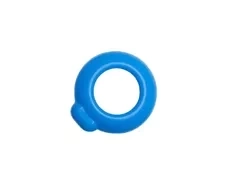
Collar urethral pessary with thickening for the urethral area Dr. Arabin

Collar urethral pessary with thickening for the urethral area Dr. Arabin
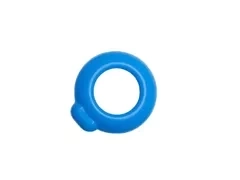
Collar urethral pessary with thickening for the urethral area Dr. Arabin
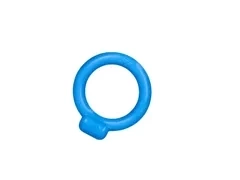
Ring urethral pessary with thickening for the urethral area Dr. Arabin

Collar urethral pessary with thickening for the urethral area Dr. Arabin
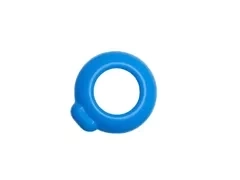
Collar urethral pessary with thickening for the urethral area Dr. Arabin
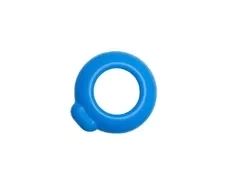
Collar urethral pessary with thickening for the urethral area Dr. Arabin

Ring urethral pessary with thickening for the urethral area Dr. Arabin
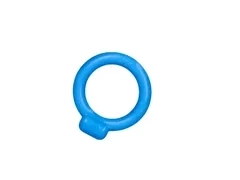
Ring urethral pessary with thickening for the urethral area Dr. Arabin
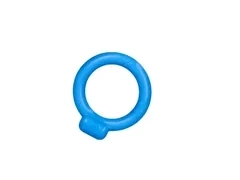
Ring urethral pessary with thickening for the urethral area Dr. Arabin
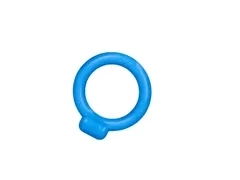
Ring urethral pessary with thickening for the urethral area Dr. Arabin
Pessaries – Supportive, Non-Surgical Solutions for Pelvic Organ Prolapse and Stress Urinary Incontinence
Pessaries are medical-grade vaginal support devices used to manage symptoms of pelvic organ prolapse (POP) and stress urinary incontinence (SUI). They are designed to provide internal support to the pelvic organs, helping maintain comfort, stability, and daily function. Pessaries offer a conservative, non-surgical option that can be used long-term or while preparing for pelvic floor rehabilitation.
At PelviCare, we offer a curated selection of pessaries in different shapes and sizes, ensuring that each individual can find a solution tailored to their anatomy and therapeutic goals. Pessaries can be used under the guidance of a pelvic health physiotherapist, gynecologist, or urogynecologist — and many models are suitable for independent self-management once proper fitting is achieved.
When Are Pessaries Used?
Pessaries provide support for symptoms caused by weakened pelvic floor tissues and ligaments, including:
-
Feeling of heaviness, pressure, or bulging in the pelvis
-
Pelvic organ prolapse (stages I–III)
-
Stress urinary incontinence (leakage during coughing, laughing, or exercise)
-
Support during postpartum recovery
-
Menopause-related pelvic floor changes
-
Pelvic stability during physical activity
-
Support during pelvic floor strengthening programs
Pessaries can help restore confidence in movement, reduce discomfort, and improve daily quality of life.
Choosing the Right Pessary
Each type of pessary is designed to provide a specific kind of support depending on:
-
The type and degree of prolapse
-
The presence of urinary leakage
-
Personal comfort and anatomical shape
-
Whether the individual wishes to remove and reinsert independently
Below are the primary pessary styles available at PelviCare.
Cube Pessary
The Cube pessary is designed to provide firm, multi-point support for more advanced pelvic organ prolapse, including uterine prolapse, cystocele, and rectocele. Its shape allows it to adhere gently to the vaginal walls by maintaining even contact.
Key Features:
-
Provides significant support for moderate to severe prolapse
-
Can be particularly helpful when other pessaries do not stay in place
-
Intended for daily insertion and removal
-
Commonly recommended when active lifestyles increase prolapse symptoms
Cube pessaries require regular cleaning and are typically removed daily to maintain vaginal comfort and tissue health.
Cube Pessary with Button
The Cube pessary with button features the same supportive structure as the classic cube pessary but includes a central button that makes removal simpler and more comfortable.
Benefits:
-
Supports moderate to severe prolapse
-
Suitable for women who require strong vaginal vault support
-
Easier removal due to the built-in button mechanism
-
Designed for daily use with self-management in mind
This design can often improve comfort and user confidence during independent pessary care.
Collared Urethral Pessary
The Collared urethral pessary is designed specifically for women who experience stress urinary incontinence, particularly during exercise or activities that increase abdominal pressure.
How It Helps:
-
Provides a gentle lift to the urethra
-
Helps prevent urine leakage during coughing, laughing, sneezing, or movement
-
Can be worn daily or during specific activities
-
Supports individuals who prefer non-surgical continence options
This pessary is especially useful for women rebuilding pelvic floor strength postpartum or during menopausal changes.
Fungiform Pessary
The Fungiform pessary is shaped to provide uplift and stabilization for uterine prolapse and vaginal vault descent. Its smooth, rounded shape allows for comfortable placement and secure support.
Notable Features:
-
Designed to support the cervix and upper vaginal tissue
-
Often used for apical (top of vagina) prolapse
-
Comfortable for daily wear
-
May be suitable for self-management after fitting
This option is especially beneficial when supporting the highest portion of the pelvic floor.
Obstetric Pessary
The Obstetric pessary is typically used during or after pregnancy when additional support is needed for the pelvic floor due to increased load or tissue stretching.
Ideal Applications:
-
During late pregnancy to support pelvic organs
-
Postpartum recovery to reduce prolapse symptoms
-
Preventing progression of pelvic floor weakness
-
Supporting women with hypermobility or connective tissue laxity
This pessary provides gentle, flexible support that accommodates physiological changes and healing.
Plate Pessary
The Plate pessary is designed to provide broad, stable support for the vaginal walls and pelvic organs. Its flat, structured shape helps reduce sensations of pressure, bulging, or heaviness.
Key Advantages:
-
Useful for cystocele or rectocele support
-
Can be comfortable for extended daily wear
-
Helps maintain pelvic comfort during walking and physical activity
This type may be recommended when downward pressure is a primary symptom.
Ring Pessary
The Ring pessary is one of the most commonly prescribed pessaries due to its simplicity, comfort, and versatility.
Benefits:
-
Suitable for mild to moderate pelvic organ prolapse
-
Comfortable for daily wear, including exercise
-
Often recommended as a first-choice pessary
-
Many individuals can learn to remove and reinsert independently
Ring pessaries are frequently used alongside pelvic floor muscle training programs to support tissue healing and strengthening.
Urethral Pessary
The Urethral pessary provides targeted lift beneath the urethra to reduce or eliminate stress urinary incontinence.
Best For:
-
Women who experience leakage during sport or exertion
-
Postpartum pelvic floor recovery
-
Perimenopause and menopause changes affecting urethral support
This pessary can be used daily or only during activities that trigger leakage.



